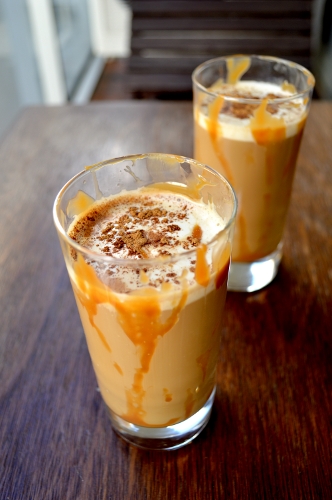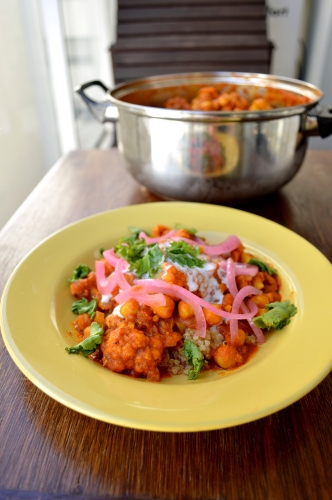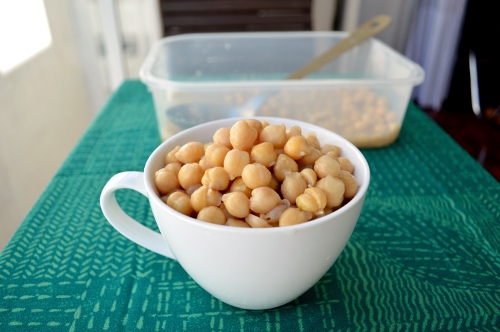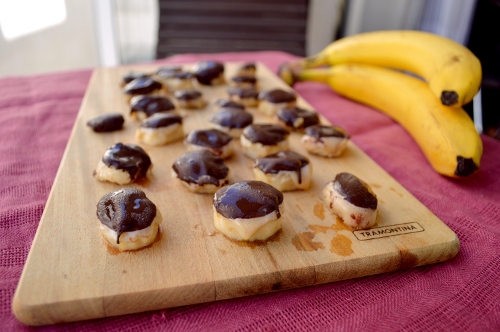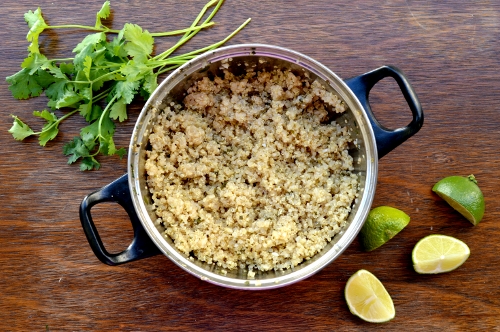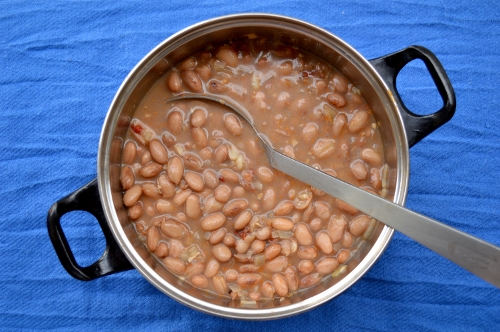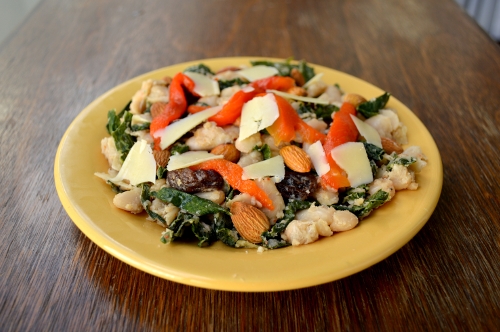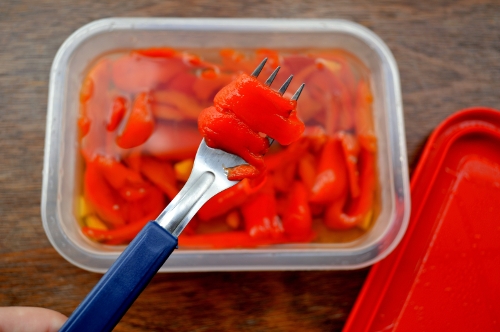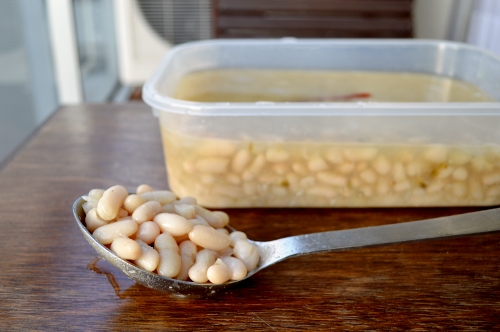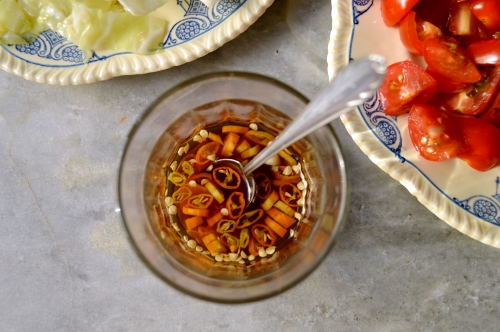
I’ve heard nam pla prik (also sometimes called prik nam pla) referred to as the “salt and pepper” of Thai food. Only instead of salt, it’s fermented fish, and instead of black peppercorns, it’s extra spicy Thai bird’s eye chiles. For garlic-lovers like myself, some slices of raw garlic are added to the mix. And a little sugar helps balance the fish sauce (although it can be safely left out, too). Something so simple really shouldn’t be as addictive as the resulting sauce is. The key is, of course, the main ingredient – fish sauce (the “nam pla” in nam pla prik).
